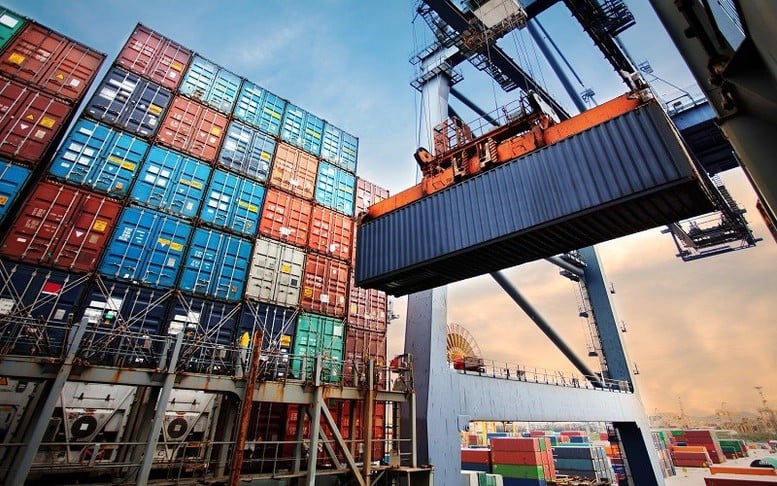
According to the Vietnam Commodity Exchange (MXV), investment cash flow has strongly returned to the world raw material market in yesterday's trading session. Notably, after two cooling sessions following the geopolitical conflict in the Middle East, the prices of two crude oil products increased sharply again. The MXV-Index Energy - measuring price fluctuations of this group of commodities increased by more than 2% to 3,182 points.
Experts say that Vietnam is one of the few countries that have reached a trade agreement with the US. Previously, Washington had only reached a small-scale agreement with the UK and was negotiating with a series of other partners such as the EU, China, India, Japan, etc.
The two countries reached a bilateral trade agreement, including a 20% tariff on all Vietnamese goods imported into the US and 40% on transit goods. Meanwhile, Vietnam committed to fully opening its market to US goods. The US and China are both Vietnam's leading important trading partners. Therefore, this new agreement can help reduce concerns about the issue of global trade tensions, thereby positively affecting investor sentiment in the energy market and boosting risk appetite in the global energy market.
The world agricultural and metal markets reacted more slowly than the energy market to this information. At the end of yesterday's trading session and the opening of this morning's trading session (July 3), all 10 metal products and 7 agricultural products increased in price. However, the main reason affecting price movements comes from the basic supply and demand factors.
Challenges and opportunities go hand in hand
In 2024, the US surpassed China to become Vietnam's No. 1 agricultural export market. Therefore, the US raising import tariffs to 20% on agricultural products imported from Vietnam could be a difficult problem for many export enterprises, especially those in the seafood, cashew, coffee, rice, etc. industries.
Therefore, the prices of many agricultural products of Vietnam will increase by 20% compared to before, which means it will be difficult to compete with countries with the same strengths such as Ecuador, Indonesia, India, Brazil... According to the assessment of some economists , if the US increases import tax to 20%, the total export turnover of agricultural, forestry and fishery products of Vietnam is expected to decrease by 20-30%.
According to the latest data from the Vietnam Customs Department, in the first 5 months of this year, the US was the largest soybean and third largest wheat supplier to Vietnam. Therefore, Vietnam's application of a 0% tax rate on all imported goods from the US, including soybeans and wheat, will increase the import of agricultural products from the US to Vietnam in the coming time. This, on the one hand, can put pressure on the prices of Vietnam's domestic agricultural products, especially those that directly compete. Although this is only a bilateral agreement between Vietnam and the US, to a greater extent, this will contribute significantly to promoting and shifting global trade flows.
Therefore, according to Mr. Duong Duc Quang - Deputy General Director of MXV, in this context, agricultural businesses in both the US and Vietnam, especially importers and exporters, need to consider and calculate more carefully their risk hedging strategies through derivative contracts such as standard futures contracts. Changes in tariffs and trade flows can increase or decrease price risks, forcing them to adjust their positions in the futures market. In addition, investors and import-export businesses need to regularly update economic and political news, and apply risk management strategies such as placing stop loss orders to minimize the impact of price fluctuations.
In an optimistic scenario, if the agreement stabilizes or boosts manufacturing in Vietnam due to continued FDI inflows or is less affected than in higher tariff scenarios, demand for industrial metals such as copper, aluminum, and steel for export production could remain or increase. The US imposition of a 20% tariff on Vietnamese goods and especially a 40% tariff on transit goods would force businesses to reconsider their supply chains, thereby significantly affecting import prices and commodity prices traded globally.
Some investors believe that in the context of reshaping global trade due to agreements such as the US-Vietnam, precious metals such as platinum and silver can become a potential investment channel. Because both of these items, especially silver, are not only safe-haven assets but also have high industrial applications. If trade tensions ease or change direction, the precious metals market, including silver, may have more positive fluctuations, affecting silver futures contracts.
The new US-Vietnam tariff agreement announced by US President Donald Trump yesterday with a 20% tax rate applied to most imported goods from Vietnam is no longer "shocking" information for investors due to information surrounding the negotiations and more optimistic expectations that have been raised. In addition to the challenges, the high tax rate can help import-export enterprises and the entire economy to have real reforms to improve production capacity, improve the quality of the entire value chain, instead of mainly receiving processing as before.
In addition to the surprising geopolitical factors, MXV believes that after July 9, when the US officially announces the corresponding tax rates for all countries, commodity prices will fluctuate strongly but will gradually stabilize around supply and demand factors./.
Source: https://baochinhphu.vn/thi-truong-hang-hoa-phan-ng-ra-sao-voi-thoa-thuan-thue-quan-moi-giua-my-va-viet-nam-102250703145033077.htm













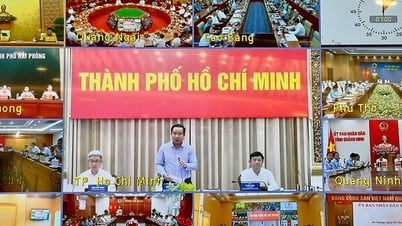

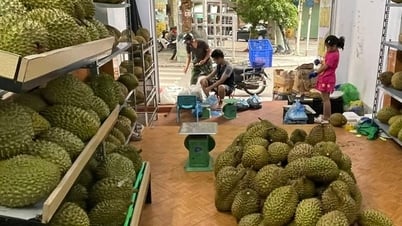









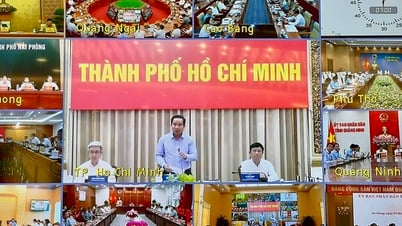
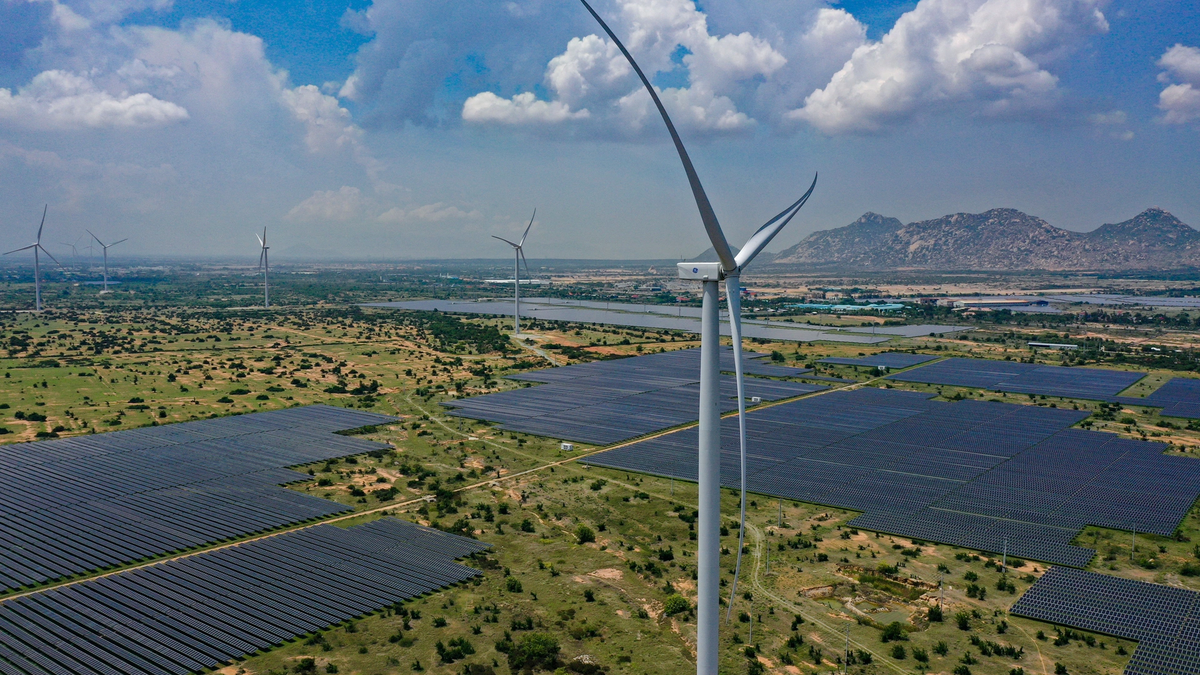
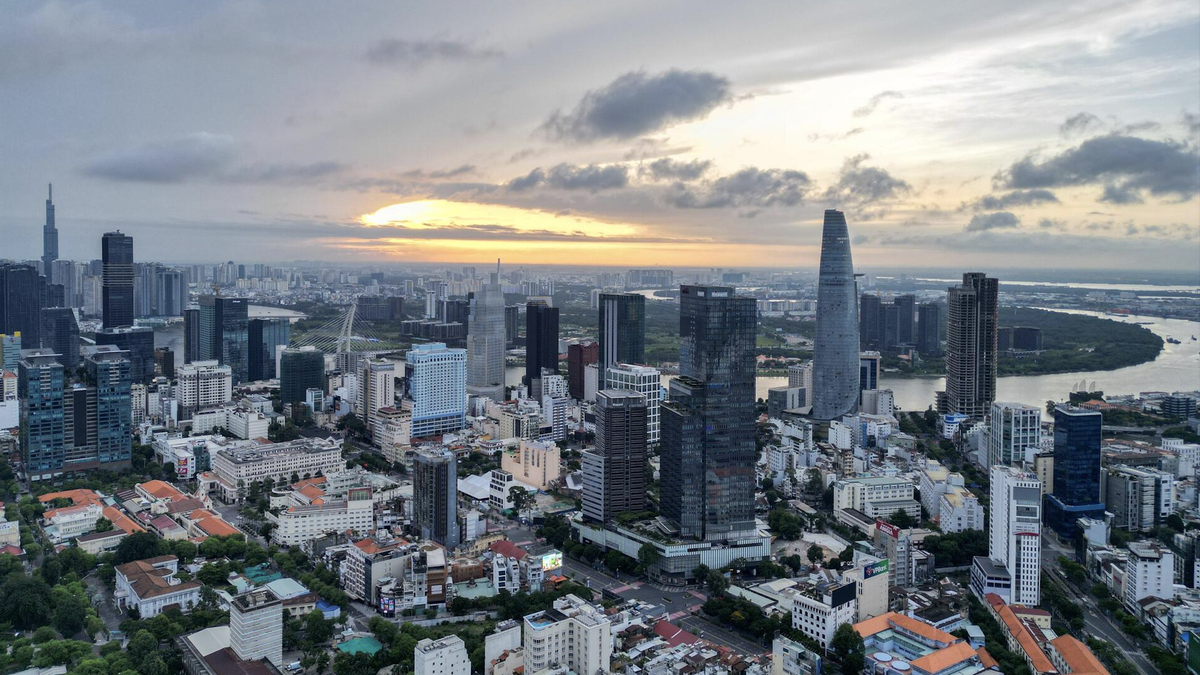



























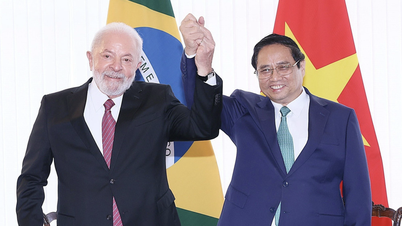
































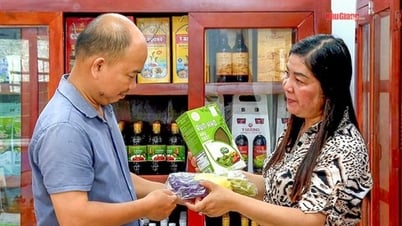







Comment (0)